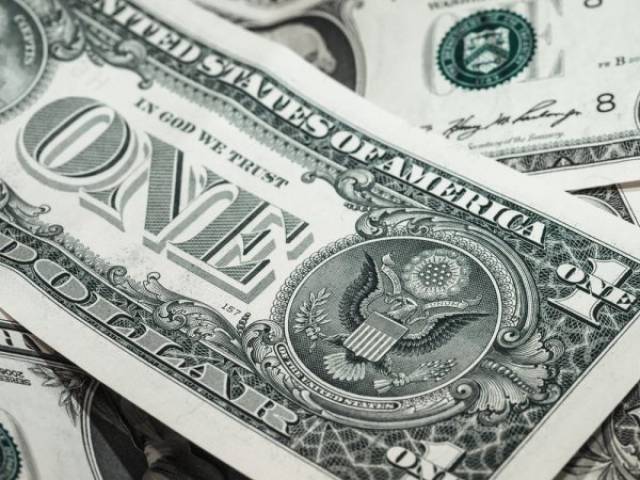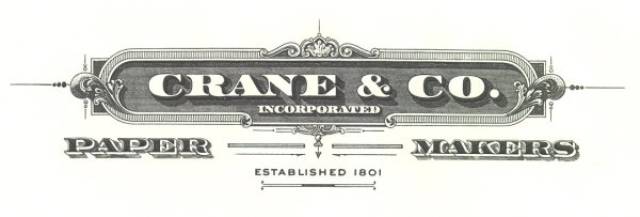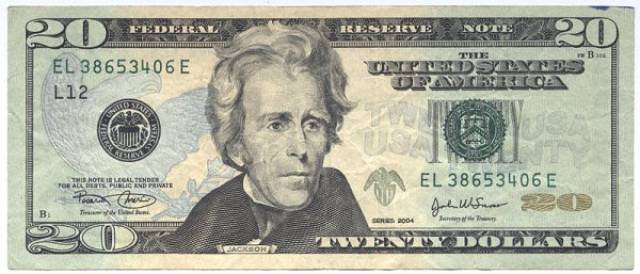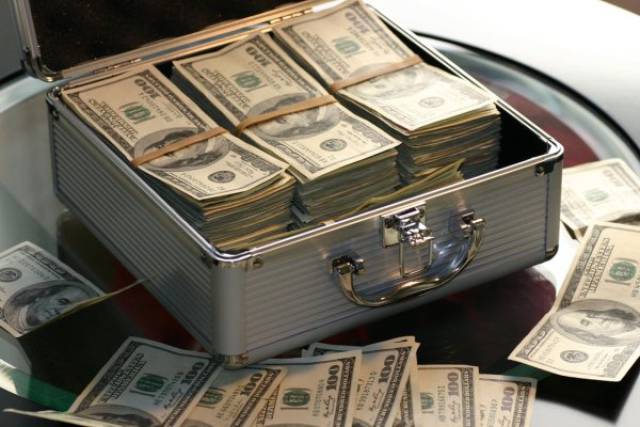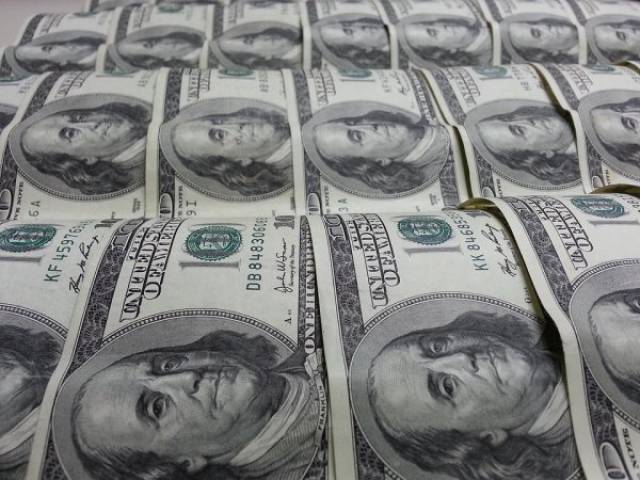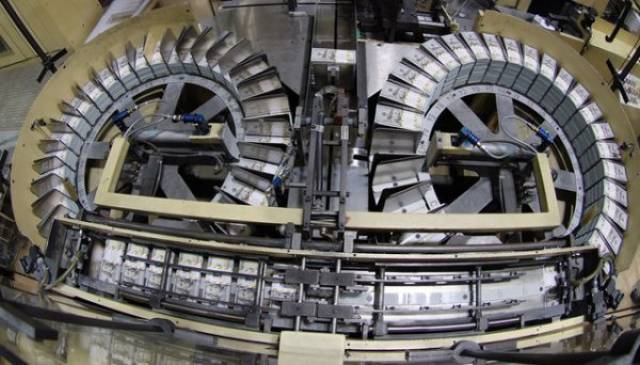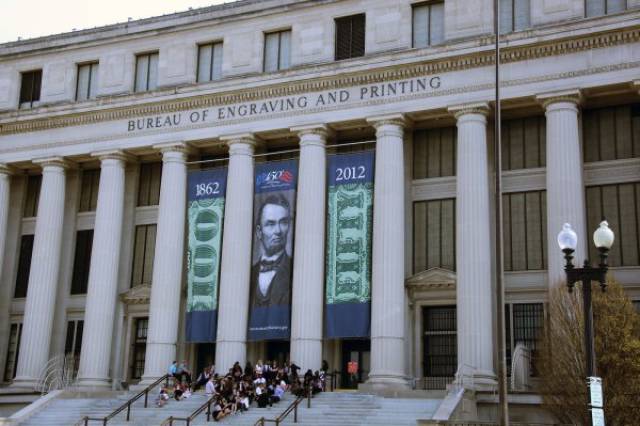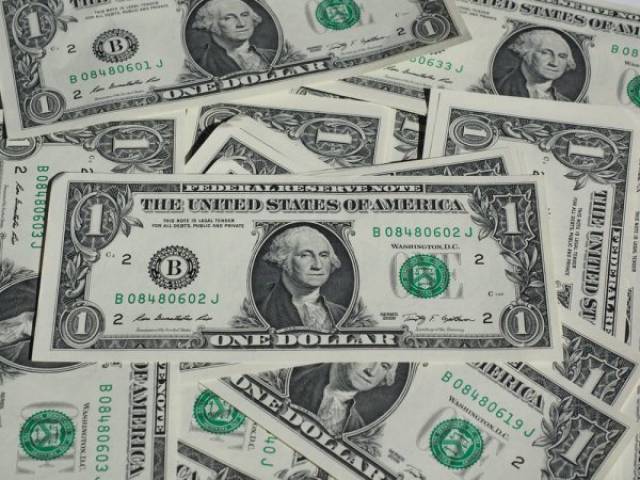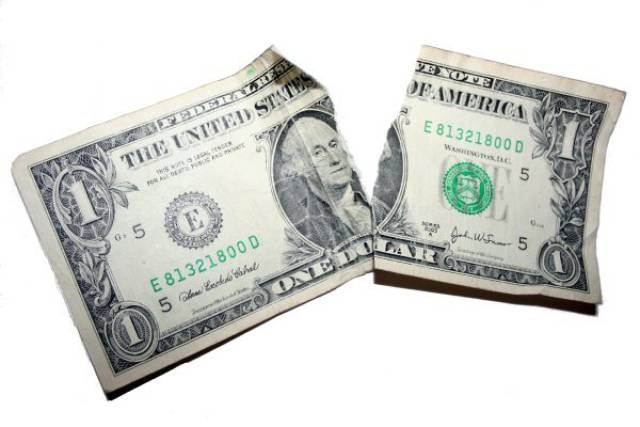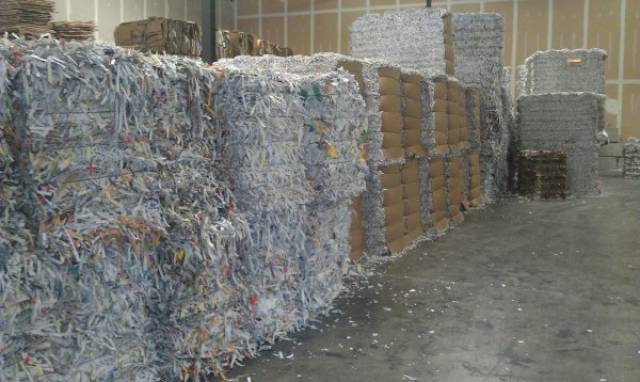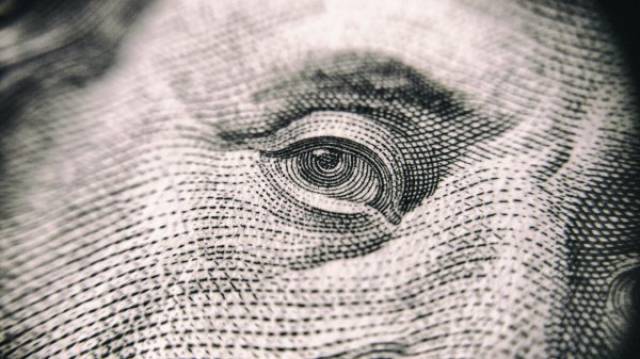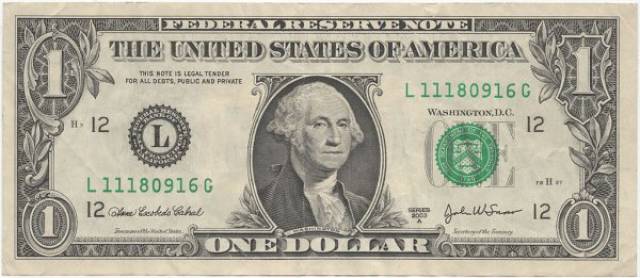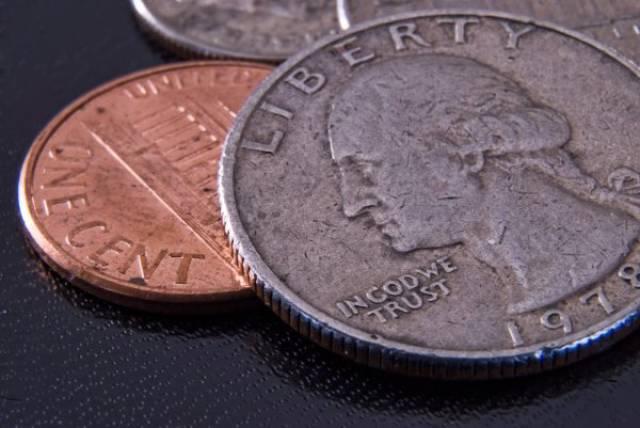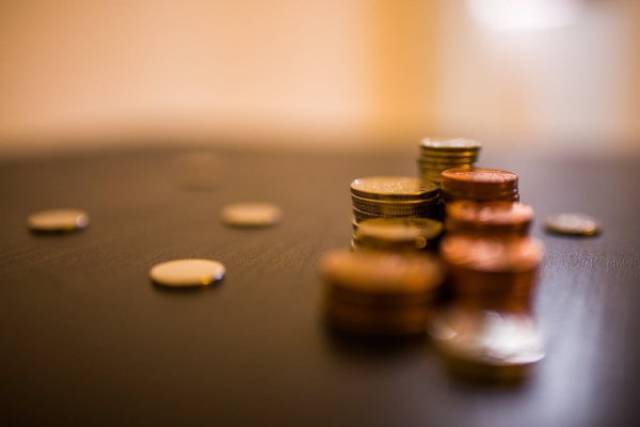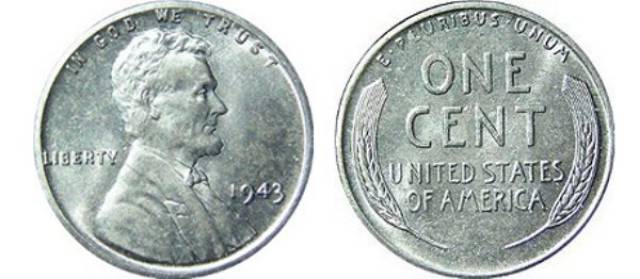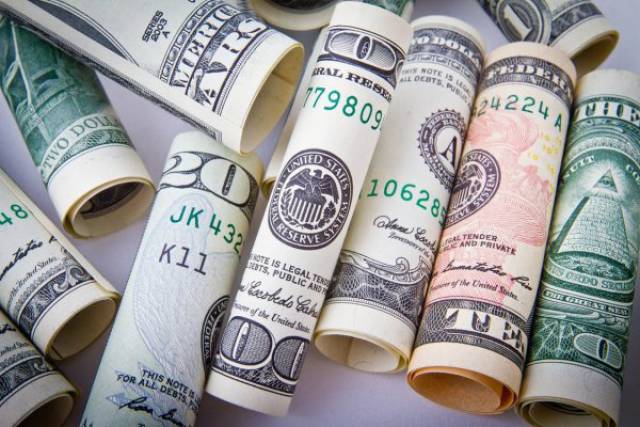Paper bills are made up of 75% cotton and 25% linen along with blue and red security fibers that are embedded throughout the bills.
A normal sheet of paper can withstand about 400 folds but a dollar bill can withstand about 8,000 folds before breaking.
Crane & Co. own the patent to the special blend of paper and have been the sole supplier to the U.S. since 1879.
Andrew Jackson was opposed to paper money and believed that gold and silver coins should be the legal tender. Funny enough he is on the $20 bill.
There’s about $1.54 trillion of currency in circulation and about $1.49 trillion of that is made up of the Federal Reserve notes used every day.
More than two-thirds of all $100 bills are held outside the United States.
The United States Bureau of Engraving and Printing, or “Money Factory,” produces about 38 million new notes every day – that’s $541 million.
The “Money Factory” has two active facilities, one in Washington, D.C. and the other in Fort Worth, Texas. In a day they use 9.7 tons of ink.
In 2017, 7.1 billion new notes were ordered. 70% of the new notes will be used to replace damaged notes.
Bills that are damaged can only be replaced if more than 50% of the note is clearly identifiable.
Once damaged bills are taken out of circulation they are shredded and sold to companies who recycle them into building materials.
By law, only deceased people can appear on U.S. currency.
The average lifespan of a $1 bill is 5.8 years where a $100 bill is about 15 years.
According to the U.S. Mint, the lifespan of a coin is around 25 years.
On average, Americans throw away around $62 million worth of coins every year.
In 2016, the U.S. Mint produced 16 trillion coins being valued at over $1.09 billion.
During WWII copper was needed for ammunition, so in 1943 pennies were made out of steel.
Unlike most other bills, the $1 bill hasn’t seen a major facelift since 1929.

